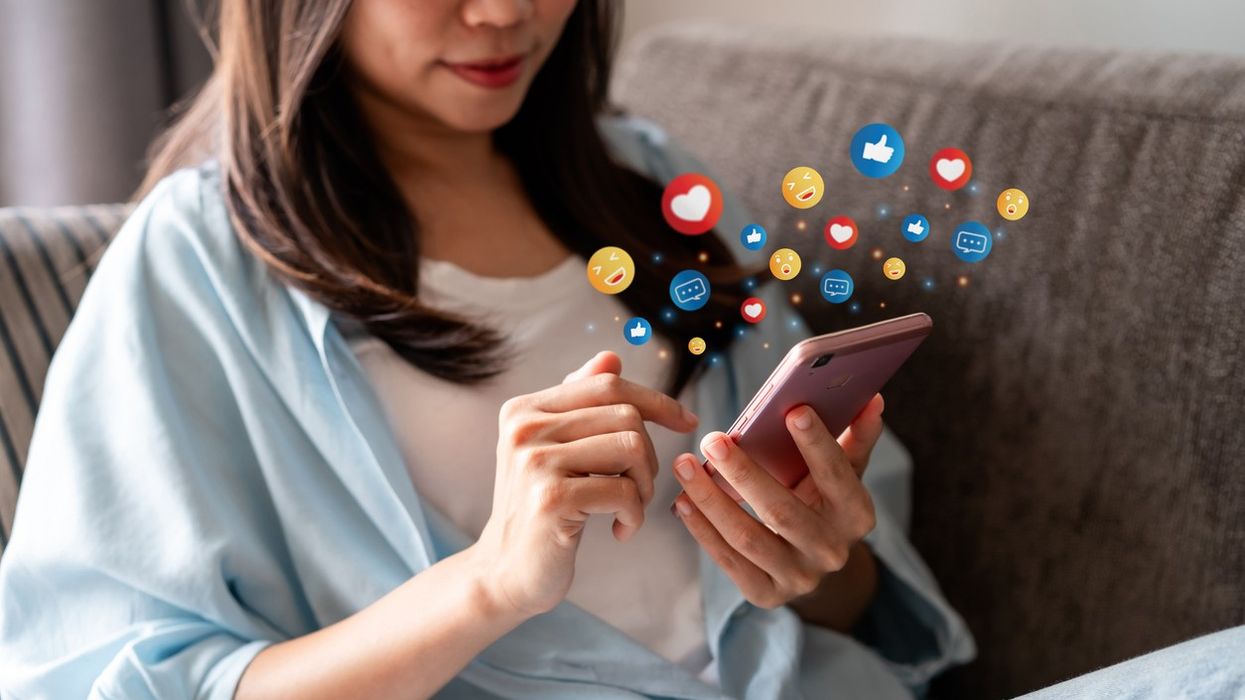Highlights
- Gen Z views several common emojis as outdated, overused, or passive-aggressive
- Emojis like 👍, ❤️, and 😂 are still widely used, but may carry unintended tones
- Cultural and generational context matters, especially in British Asian households
- Alternatives like 💀, 🙌 and 🥲 are gaining popularity among younger users
- Tone, clarity, and intention matter more than following trends
Emojis have long been a quick way to express tone, mood, and personality. But with each generation, interpretations change. Gen Z—roughly defined as those born between the mid-1990s and early 2010s—are now driving new emoji norms, and some symbols once considered friendly or expressive are now seen as outdated or awkward.
For British Asians and Indians navigating multi-generational WhatsApp groups, family chats, or workplace conversations, knowing how emojis are perceived can help avoid crossed wires. Here are 10 emojis that Gen Z reportedly considers out of fashion—and why they matter.
1. 👍 Thumbs-Up
Although intended to signal approval, Gen Z often sees this emoji as blunt or dismissive in casual chats. In workplace settings, it may come across as cold or overly formal—especially if sent alone.
2. ❤️ Red Heart
Once a universal symbol of love or support, the red heart can feel generic or overused to younger users. Alternatives like 💖 (sparkling heart) or 🥲 (bittersweet smile) are considered more expressive.
3. 😂 Face with Tears of Joy
This emoji was Oxford Dictionaries’ Word of the Year in 2015, but many Gen Z users now associate it with millennial humour. It’s often replaced with 💀 (skull emoji), used to express “dead from laughter”.
4. 😭 Loudly Crying Face
While still widely used, this emoji has lost its emotional weight for many younger users. It’s often employed ironically or exaggeratedly, which may confuse recipients expecting sincerity.
5. 😊 Smiling Face with Smiling Eyes
Though meant to be friendly, Gen Z sometimes reads this emoji as passive-aggressive—particularly if it’s used in awkward or emotionally charged conversations.
6. 👌 OK Hand
Previously a sign of agreement or reassurance, this emoji has become less popular due to its dated tone. It’s now less common in everyday digital conversations.
7. 🙈 Monkey Covering Eyes
Once used to express embarrassment or playfulness, this emoji can come across as childish. Gen Z tends to prefer more direct or sincere expressions.
8. 👏 Clapping Hands
Often used for emphasis or celebration, it may now feel performative—especially when used between words for dramatic effect .
9. 😬 Grimacing Face
This emoji is sometimes misunderstood, with younger users finding it inauthentic or awkward. It’s fallen out of favour in favour of emojis that express clearer emotions.
10. ✔️ Check Mark
This emoji is still common in formal or list-based messages, but in casual texts it can appear impersonal. Gen Z often opts for typed responses like “noted” or “done” instead.
Cultural context matters
In British Asian households, emojis are often used across generations—from grandparents to teens. The thumbs-up or red heart, for instance, may still be seen as polite or affectionate by older relatives. Similarly, symbols like 🙏 or 🧡 are frequently used to convey blessings, gratitude, or family warmth.
There’s no need to stop using these emojis entirely—but awareness of how different age groups interpret them can help avoid miscommunication, particularly in professional or cross-generational chats.
For British Asians and Indians navigating multiple social circles—family, professional, or peer-based—it’s helpful to consider how emojis might be received. Gen Z isn’t cancelling emojis entirely, but rather reinterpreting their meaning.
The key is simple: choose emojis that match the tone of the message, the relationship you have with the person, and the context of the conversation. After all, communication—emoji or otherwise—should feel genuine.







 Ammar Haj Ahmad, Sayyid Aki ©EllieKurttz
Ammar Haj Ahmad, Sayyid Aki ©EllieKurttz  Kathryn Hunter, Arinzé Kene©EllieKurttz
Kathryn Hunter, Arinzé Kene©EllieKurttz





